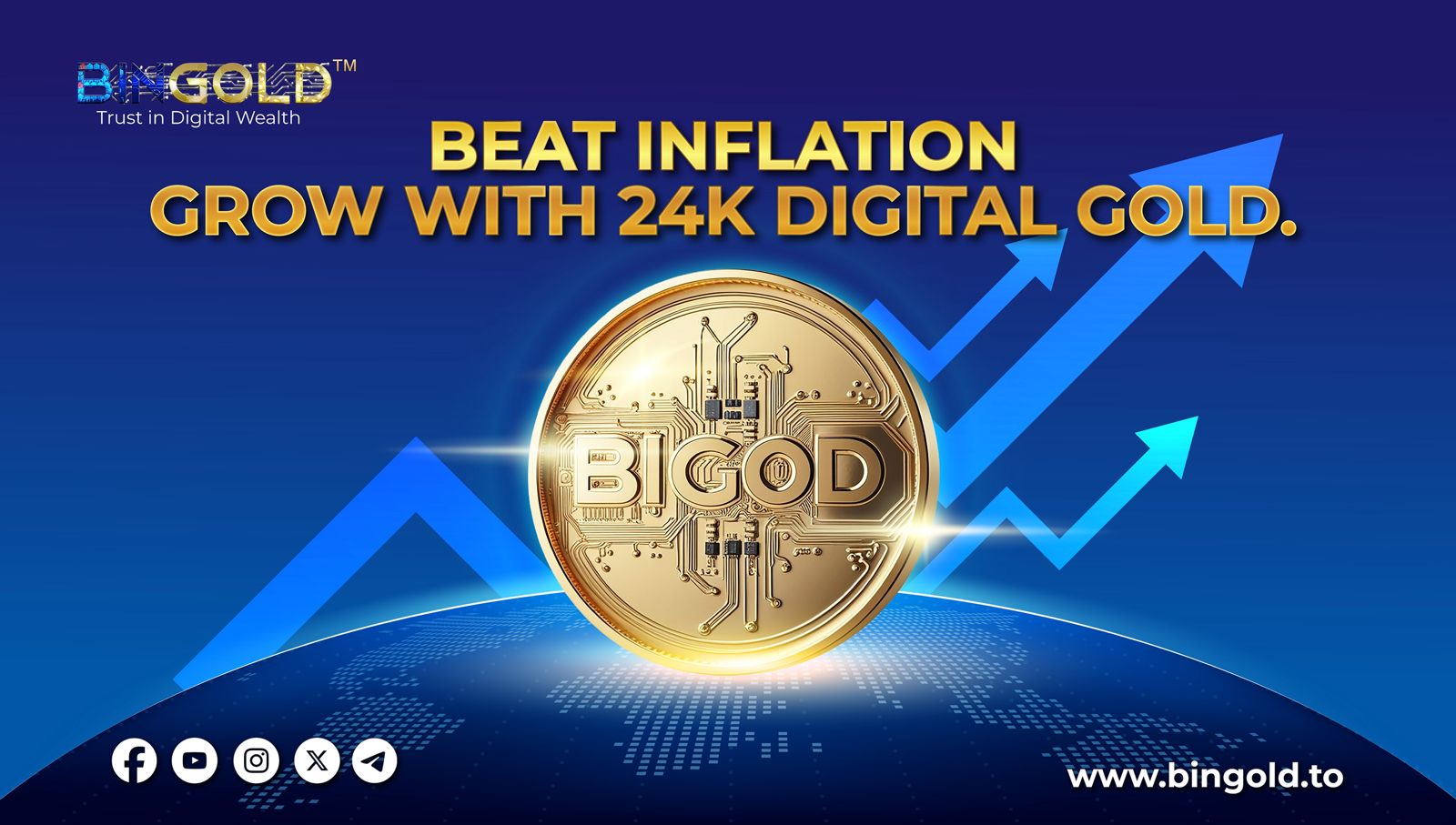Inflation vs Salary Growth : Why Investing in Digital Gold Is No Longer Optional


In 2025, the gap between inflation and salary growth has become more evident than ever. Even with annual raises and bonuses, rising costs of essentials — rent, food, healthcare, and education — are eating away at real income. While inflation in India is moderating at around 2.9–3%, average salary growth barely outpaces it.
This means your purchasing power is shrinking — and unless you invest smartly, your savings are silently losing value.
That’s where digital gold comes in: a modern, safe, and inflation-resistant investment that helps your money retain (and grow) its value over time.
In this post, we’ll cover:
According to the Reserve Bank of India and OECD, India’s inflation rate in 2025 hovers around 2.9–3%. While that sounds manageable, real-world prices — from groceries to education — have grown faster.
The takeaway? Even if you earn more rupees, those rupees buy less.
Companies are struggling with tight budgets and post-pandemic restructuring. Raises often come late or below expectations.
Common reasons:
So, while you might get a 5% raise, if inflation and lifestyle costs rise 4%, your real gain is only 1% (or even negative).
That’s why depending only on salary is no longer financially sustainable.
Let’s illustrate this simply:
|
Year |
Salary Growth |
Inflation |
Real Growth |
|
2025 |
+5% |
4% |
+1% |
|
2026 |
+5% |
5% |
0% |
|
2027 |
+5% |
6% |
-1% |
If you keep your savings idle in a bank account earning 3–3.5%, and inflation is 4%, your money is losing value every year.
That’s where investing in real assets — like gold — becomes critical.
Gold has long been a trusted store of value. Historically, gold prices rise when inflation does — making it a natural hedge against falling currency value.
But physical gold comes with problems:
That’s why investors are shifting toward digital gold — a smarter, safer alternative.
Digital gold allows you to buy pure gold online, stored safely in insured vaults by trusted institutions. You can buy or sell even small amounts (as low as ₹1), making it accessible to everyone.
You own the gold physically — just not in your home. It’s stored securely, and you can redeem it for coins, bars, or cash anytime.
Top platforms: Fiydaa, Bingold, Augmont, SafeGold, and MMTC-PAMP.
|
Feature |
Savings Account |
Fixed Deposit |
Digital Gold |
|
Returns |
3–3.5% |
6–7% (taxable) |
10–15% (historical avg.) |
|
Inflation Protection |
❌ |
⚠️ Partial |
✅ Strong |
|
Liquidity |
✅ |
✅ |
✅ |
|
Storage Risk |
❌ |
❌ |
✅ None |
|
Purity |
❌ |
❌ |
✅ (99.9%) |
|
Accessibility |
✅ |
✅ |
✅ (buy ₹1 worth) |
Digital gold provides the perfect mix of stability, liquidity, and inflation protection — something cash or FDs can’t match.
Here’s how to get started smartly in 2025:
Begin with SIP-style investments — invest a fixed amount every week or month. This helps average out price fluctuations (Rupee Cost Averaging).
Don’t put all your money in gold. Keep 10–20% of your portfolio in digital gold, and the rest in equities, mutual funds, and bonds.
Opt for government-recognized or RBI-regulated partners like Bingold, MMTC-PAMP, or Augmont.
Gold typically shines over 3–5 years or longer — especially during global uncertainty or market volatility.
You can redeem your holdings as physical gold coins/bars or sell instantly for cash when prices rise.
While digital gold is safe, be mindful of:
Still, for inflation protection and easy access, digital gold remains one of the best low-risk investment options for 2025.
Your salary may rise, but inflation always races ahead — silently eating your wealth. The only way to beat it is to let your money work for you.
Digital gold offers a modern, transparent, and flexible way to invest in gold — without worrying about safety or high entry costs.
Don’t let inflation steal your future. Start investing, even if it’s just ₹100 — because every gram counts.